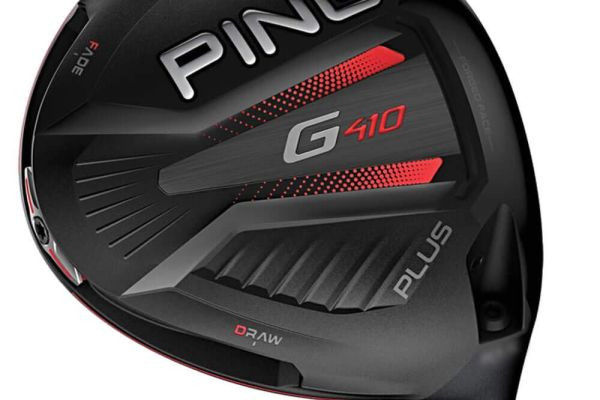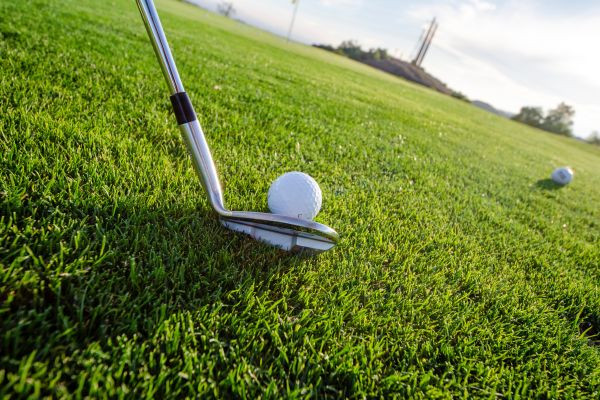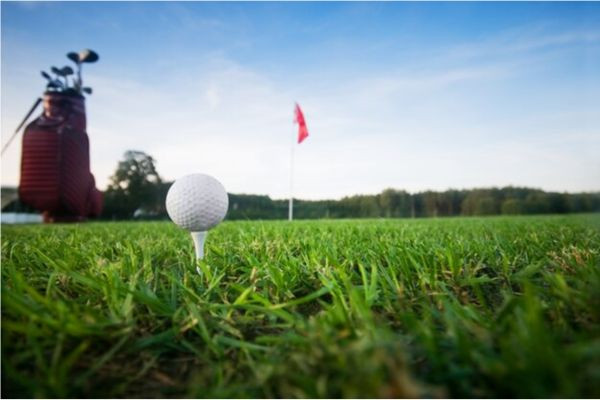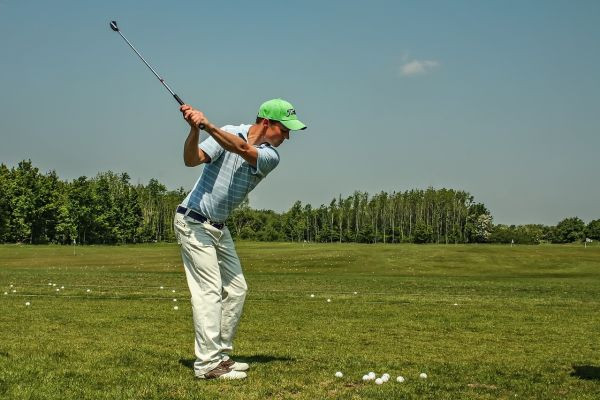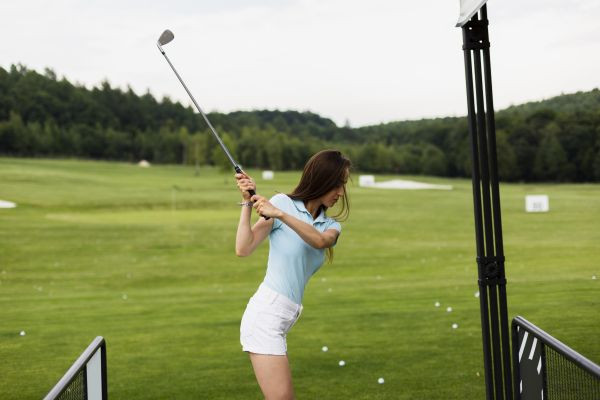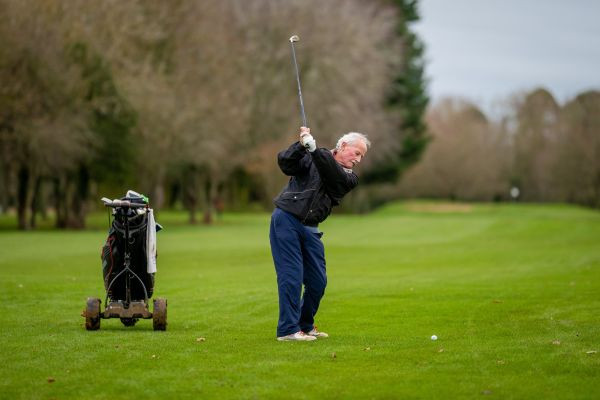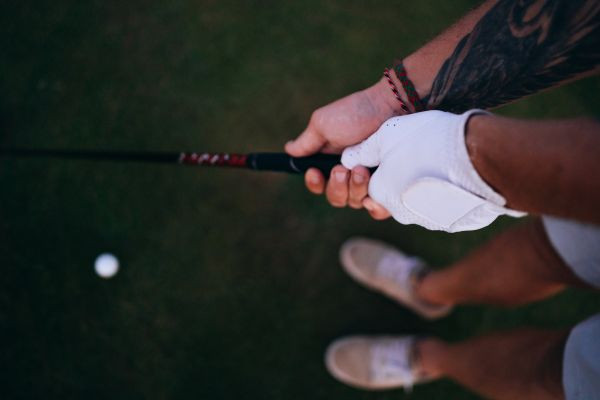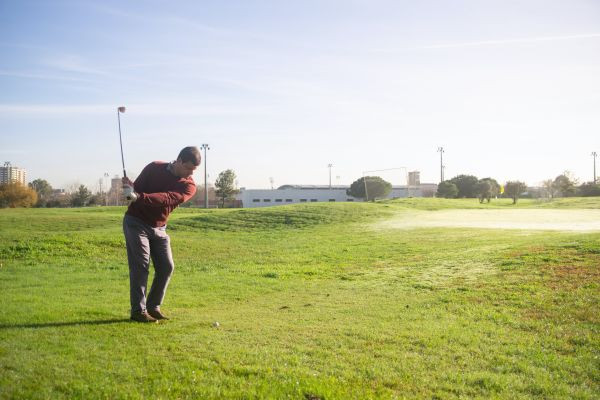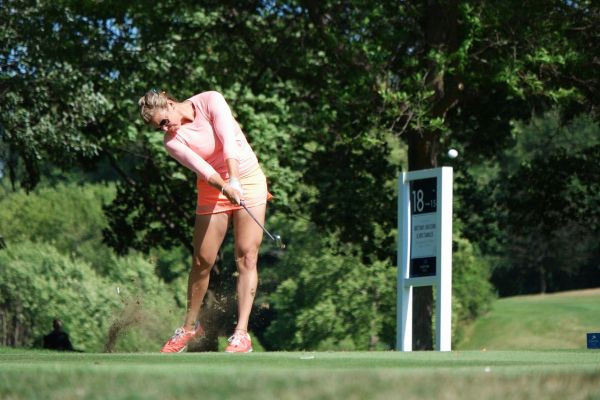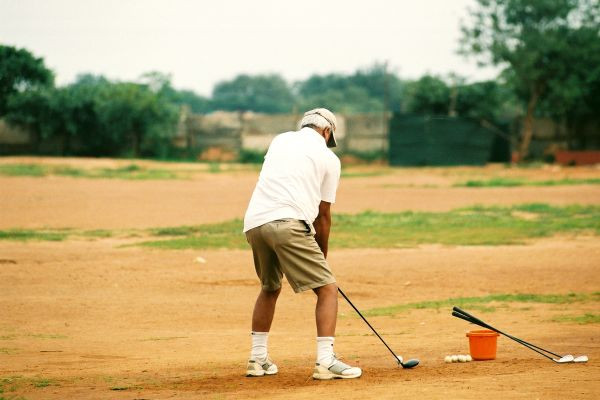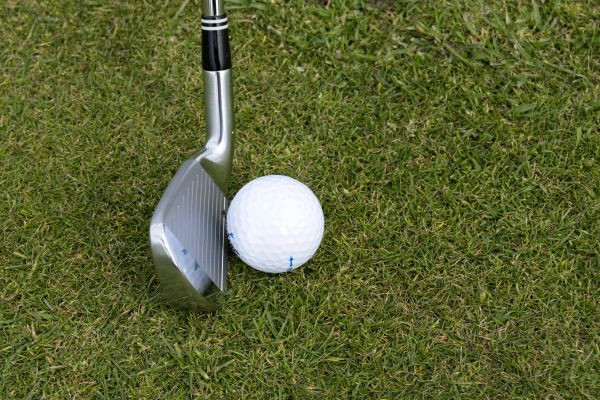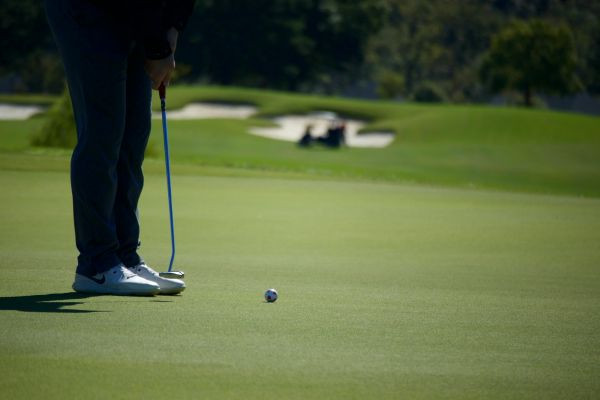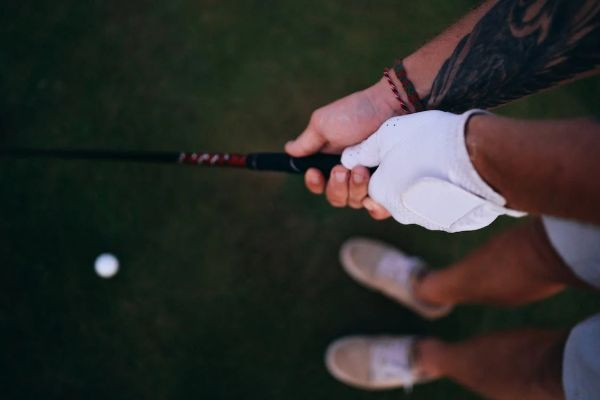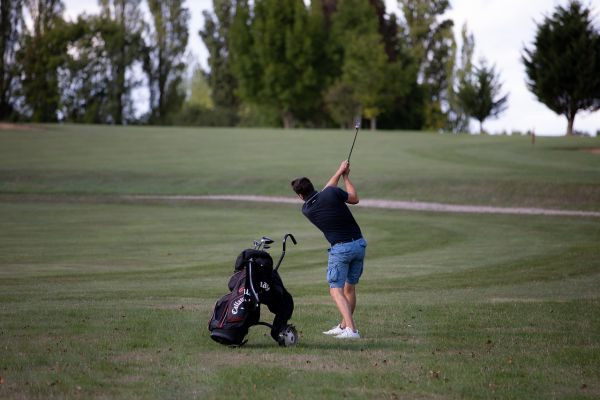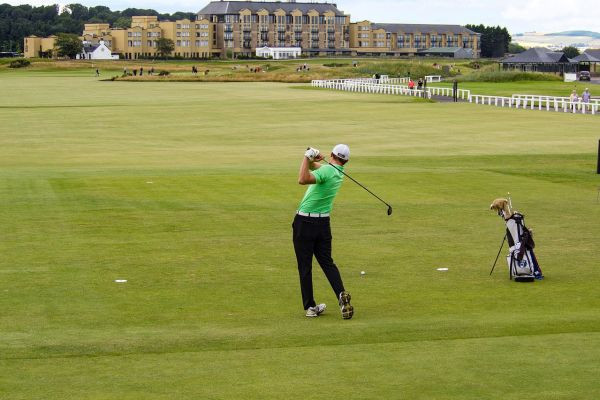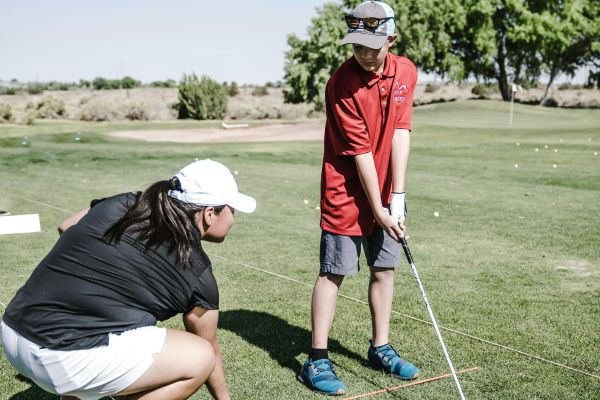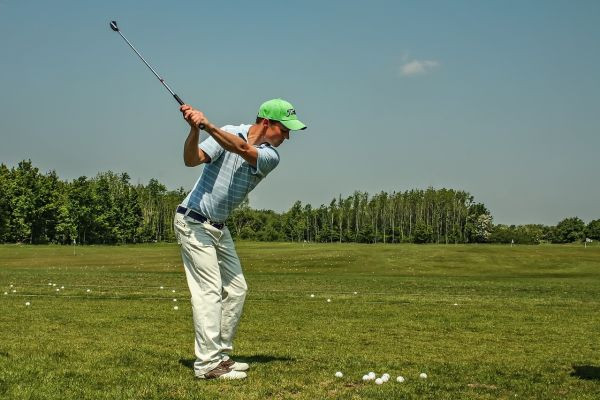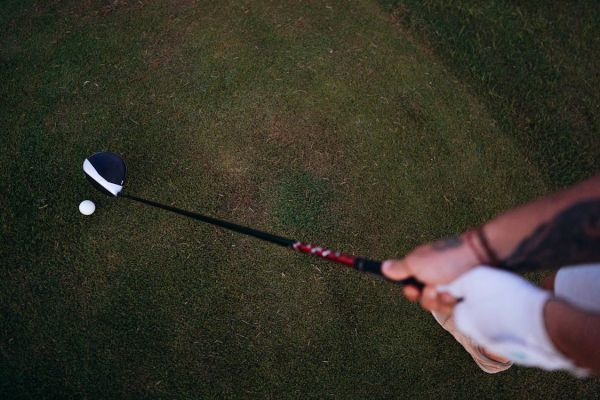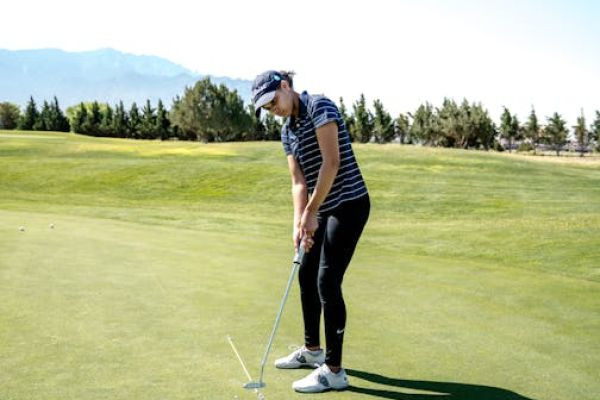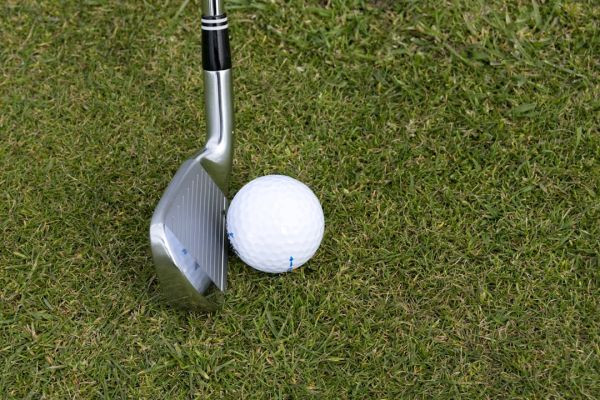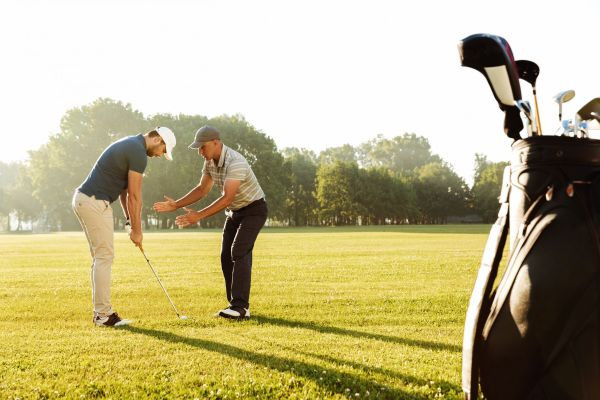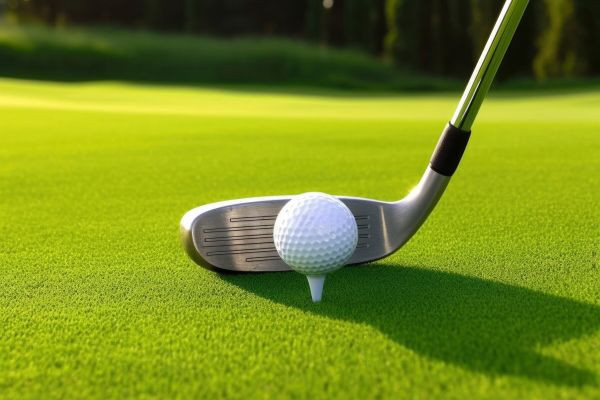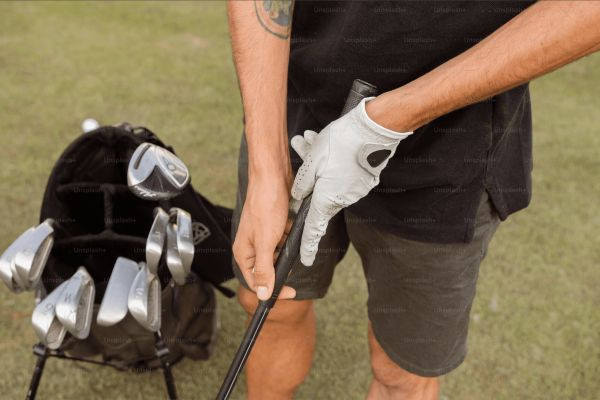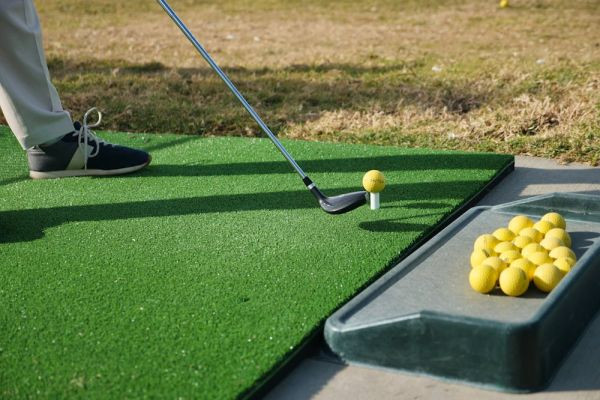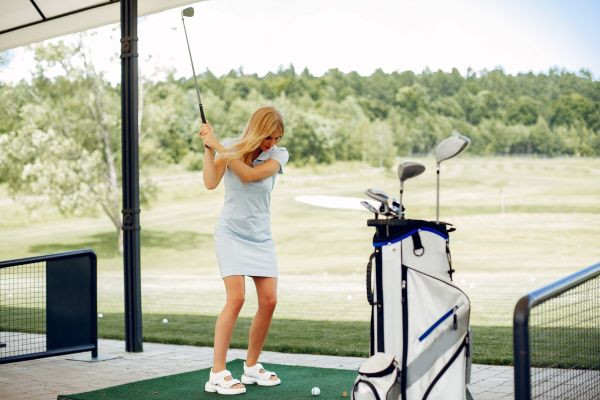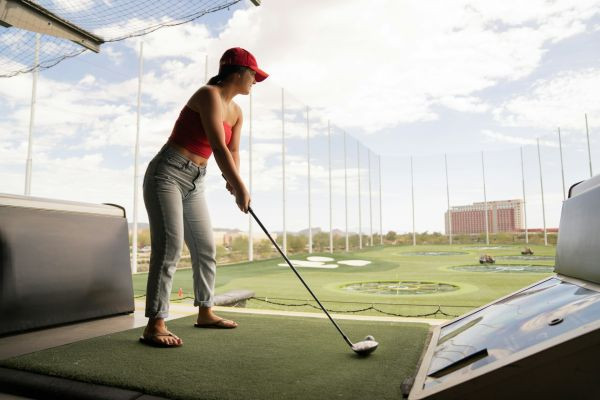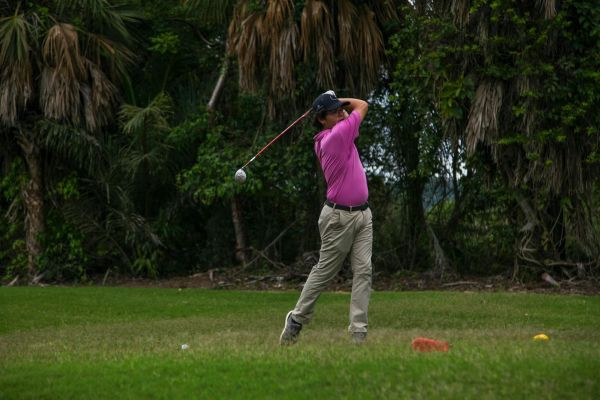Proven Strategies to Eliminate Chunk Shots in Golf
Golf is a game of precision, skill and a touch of grace. Yet, one of the most disheartening experiences for any golfer, from the weekend warrior to the seasoned pro, is the dreaded chunk shot. It can ..

Golf is a game of precision, skill and a touch of grace. Yet, one of the most disheartening experiences for any golfer, from the weekend warrior to the seasoned pro, is the dreaded chunk shot. It can deflate your confidence and bloat your scorecard. But fear not, we have compiled a comprehensive guide with proven strategies to help you eliminate those chunk shots and improve your golf game.
Understanding Chunk Shots
What is a Chunk Shot?
A chunk shot colloquially known as a "fat shot" in the golfing world is a common mishap that every golfer dreads. This unfortunate occurrence happens when the clubhead makes premature contact with the ground digging into the turf before it reaches the ball. The result? A shot that lacks the distance power and trajectory you intended leaving the ball significantly short of the target. To add insult to injury this errant shot is often accompanied by a large unsightly divot - a tangible sign of a swing gone awry. Beyond the immediate frustration, chunk shots can disrupt a player's rhythm and confidence affecting subsequent shots and overall game performance.
Causes of Chunk Shots
Pinpointing the root causes of chunk shots is crucial for golfers looking to eliminate them from their game. While the immediate cause is the clubhead striking the ground too soon several underlying factors can predispose players to make this mistake. Understanding these can guide targeted improvements in technique and practice routines.
Poor Posture: How you stand over the ball has a profound impact on your swing's outcome. Poor posture characterized by slouching or standing too upright can alter the swing arc leading to mistimed contact with the ball. An ideal posture involves a slight bend at the hips and knees with the spine tilted forward allowing for a fluid dynamic swing that hits the ball squarely.
Incorrect Ball Position: The position of the ball relative to your stance significantly affects where the club will strike the ground. Placing the ball too far forward in your stance often causes the club to reach the ground before the ball leading to a chunk shot. Conversely a ball positioned too far back can result in thin shots or "topping" the ball. Finding the optimal ball position is key to consistent clean strikes.
Improper Club Setup: How you set up your club at address can predispose you to chunk shots. An incorrect grip alignment or angle of the club can disrupt the swing path and impact position. Ensuring that the club's sole is flat on the ground at address with the grip and stance aligned correctly is crucial for a smooth swing that makes proper contact with the ball.
Lack of Rotation: A proper swing involves a coordinated rotation of the body including the hips, shoulders and torso. A lack of rotation can lead to an over-reliance on the arms causing erratic swings that increase the likelihood of hitting the ground first.
Swing Tempo Issues: An inconsistent swing tempo characterized by hurried or jerky movements can disrupt the timing of the swing. Maintaining a consistent rhythmic swing tempo is essential for timing the ball strike precisely.
Fundamentals to Avoid Chunk Shots
Check Your Posture
An important part of the golf stroke is your stance. A stance is how you position yourself or where you are putting your body to start off your swing. Having a wrong stance is one of the main causes of chunk shots. Too close or too far can cause two different things to happen. Being too close can cause you to not have enough room for your club head to come back and swing towards the ball causing you to hit the ground first.
Ideal posture represents a delicate balance of athletic efficiency – a position you can feel resembles that of a sprinter as they prepare to explode from the starting blocks. You should be standing comfortably with your feet shoulder-width apart, knees flexed slightly and your spine tilting forward from the hips, not the waist. You should feel solid and athletic and have your arms hanging naturally from your shoulders, enabling you to swing the club both powerfully and accurately. Think of your posture as the frame that supports the moving parts of your golf swing and enables them to work in unison and efficiently to strike the golf ball.
Proper Ball Positioning
The position of the ball in your stance is a variable that changes with each club in your bag. It should be positioned so that it is directly under or just ahead of the top groove. This is something you should consider every time you step over the golf ball.
A common error causing the chunk shot is placing the ball too far forward in your stance. This is especially true for irons and wedges. This ball position tends to encourage a steeper approach to the ball and the result is too often the clubward side of the ball.
The rule of thumb for ball position is to line up with it as with the inside of your forward foot for long clubs and then move it a little more back with each shorter club except the driver which should be played off the inside of your forward foot.
This is not an immutable rule.. Your own swing mechanics may require only slight variations on the above guidelines. You must experiment on the range and figure out what is the perfect “sweet spot” placement in your stance for each club so that your club contacts the ball just prior to it beginning its ascent into the air.
Importance of Club Setup
The way you set up your club can dramatically influence the outcome of your swing. An improper setup where the club's sole isn't flat against the ground can lead to the leading edge digging into the turf at impact causing those dreaded chunk shots. Moreover if the clubface isn't aligned correctly due to a poor grip or stance you might find your shots veering unpredictably off course often accompanied by undesirable spin.
To counteract this make sure the sole of your club lies flat on the ground at the address ensuring that the club's bounce (the part of the sole that hits the ground) is positioned to do its job. This setup promotes a smoother interaction with the turf reducing the chance of the club digging in. Additionally check that your grip aligns the clubface squarely to your target setting the stage for a clean straight shot.
Technical Adjustments for Better Swings
Minimize Shaft Lean
The angle of the shaft at impact is a critical component of a successful golf swing. Excessive forward lean—or the angle of the shaft leaning toward the target at impact—can lead to the club's leading edge digging into the ground before it reaches the ball. This mistake is a common cause of chunk shots especially when using irons.
To correct this, begin by examining your grip and stance. Your grip should be neutral, allowing the clubface to return to a square position at impact naturally. Making adjustments to how you hold the club might feel a bit strange at first but with practice it can help you achieve a reliable swing. Also pay attention to your stance to ensure you're not leaning forward which can cause the club's shaft to lean excessively. Work on achieving a lean of the shaft during your swing to make solid contact with the ball and avoid digging into the turf.
Pivoting into Your Divot
When it comes to pivoting in your golf swing, think of it as the engine that drives the motion and generates power like in a car. A proper pivot involves shifting your weight from one foot to your other foot and rotating your body throughout the swing. This movement ensures that the clubhead makes contact, with speed and angle resulting in a divot appearing after hitting the ball—a sign of contact.
To get a sense of how a proper pivot should feel, think about how you would throw something. This natural throwing motion involves shifting weight and rotation to what's required in a golf swing.
By practicing this movement you can develop a feel for how to pivot, ensuring that your divot lands in the right spot and reducing the chances of chunky shots.
Embrace a Circular Backswing
Many golfers mistakenly believe that the backswing should be straight. However opting for a rotational backswing is crucial for achieving a shallower angle of attack which helps prevent the club from digging into the ground. Keeping your underarm close to your body during the backswing can encourage this rotation leading to a more efficient club path.
When working on a backswing, focus on rotating your shoulders around your spine while keeping your arm (for right handed golfers) near your chest. This movement does not only aid in avoiding chunky shots but also contributes to increased power and consistency in your swing.
Tips for Consistent Strikes

Source:https://www.pexels.com/photo/two-men-playing-golfs-1325672/
Stance Width Considerations
Your stance serves as the groundwork for your golf swing akin to any foundation that must be constructed properly. A stance that is too wide often results in movement and instability, throughout the swing. This could lead to your balance shifting unexpectedly impacting how consistent and precise your strikes are.
To determine the width, for your stance aim for a position where your feet are roughly shoulder width apart. This will create a stable foundation enabling you to swing with control and balance. A helpful guideline is to align the insides of your feet with the outsides of your shoulders. This setup encourages weight transfer and rotational movement for achieving powerful and reliable strikes.
Choosing the Right Equipment
The clubs in your golf bag play a role in ensuring consistent ball striking. Having an understanding of the characteristics and advantages of club types can greatly enhance your performance on the course.
Hybrids and Their Benefits
Hybrids are an addition to any golfer's arsenal blending features from woods and irons. These clubs are particularly beneficial for golfers who struggle with shots due to their soles that glide smoothly over turf reducing the chances of digging into the ground.
Hybrids provide a better option compared to long irons making them perfect, for achieving consistent distance and accuracy especially when faced with challenging lies. Their design promotes a swing path, which can assist players in making cleaner contact with the ball. If you haven't already think about adding a club or two to your set for those challenging shots where consistency is crucial.
The Role of Wedges
Wedges serve as your scoring clubs. Picking the right ones can greatly impact your short game. When aiming to avoid chunky shots near the green the bounce of the wedge becomes especially crucial. Bounce refers to the angle between the leading edge and the lowest point of the sole.
A wedge with a bounce angle is less prone to digging into the turf making it a great option for soft conditions or sand. This can considerably enhance your ability to make shots from difficult lies enabling better control and consistency around greens. When selecting wedges take into account the course conditions you encounter frequently and choose your wedges accordingly to improve your performance, in those settings.
Practice Drills to Perfect Your Swing
The Underhand Throwing Motion Drill
A great way to understand the pivot and weight shift in a golf swing is by practicing the underhand throwing motion. This drill simplifies the movements of a golf swing by focusing on the natural throwing motion that many people are familiar with.
To do this drill stand in your golf stance without a club. Imagine holding a ball. Perform an underhand throw towards your target, concentrating on shifting your weight from one foot to the other and rotating your body through the motion. This exercise helps you grasp the sequence of movements, including body pivoting and weight shifting during the swing. Adding this movement to your golf swing can improve its flow, efficiency and power.
Continuous Three-Swing Drill
The three swing drill aims to enhance momentum, rhythm and confidence in your swing. By executing three swings without breaks you train your body to maintain a tempo and avoid deceleration that often results in chunk shots.
Begin by assuming your position and proceed to swing your club back and forth continuously for three complete swings. Concentrate on keeping a smooth movement allowing the energy from each swing to flow into the next one. This exercise enhances not only your rhythm and pace but also ingrains the sensation of a seamless unbroken swing, essential for consistently hitting the ball accurately.
Putting It All Together
The goal of a pre-shot routine is to get every element of your set up the same each time so that you make the same swing over and over. The routine needs to include a posture check to make sure you aren’t too close or too far from the ball, a ball position check to make sure the ball is in the right place for the club you are hitting and a club setup check—flat sole of the club on the ground—for loft, lie and anything else you need to consider for hitting the ball with that specific club. These three checks cover most of the variables that cause inconsistent strikes.
You can improve by practicing and correcting mistakes but at some point, you might have to seek a professional for help. If you continue to chunk the ball after lots of practice and self-help it may be time to call in the experts. The highly trained pro can give you some external views that you may not have seen. If they notice something wrong, they can point it out to you and provide helpful tips to improve your swing, which will lead to faster improvements in your game.
Conclusion
Eliminating chunk shots from your golf game requires a blend of technical adjustments, practice and mental fortitude. By understanding the causes and applying the strategies outlined above, you'll be on your way to cleaner, more consistent shots. Remember, golf is a journey of continuous improvement. Stay patient, practice diligently and celebrate your progress, one swing at a time.
Frequently Asked Questions (FAQs)
What is the most common cause of chunk shots?
The most common cause is improper ball position which is then combined with poor posture and a poor swing path. All of these components will cause the clubhead to strike the ground before it impacts the ball.
Can changing my golf clubs help reduce chunk shots?
Yes, a change in your clubs can be very helpful especially to those with wider soles or more forgiving designs such as the new hybrid clubs. These clubs will glide across the turf easier and reduce the chance of digging the club into the ground before impact with the ball.
Is there a quick fix to stop chunking the ball?
While there is no single solution to stop chunking the golf ball, improving your posture, ball position and working on a weight shift with your pivot can immediately help reduce chunk shots. The key to long-time success of learning how to not hit the ball fat is to make these drills part of your golf swing fundamentals routine and practice them on a daily basis.
Can a chunk shot ever be a good thing?
While generally frowned upon, the only good thing that can come from chunking the ball might be the opportunity to identify and fix issues with your swing. Such as set-up, ball position or how you are timing the shot.
What is the first step I should take if I start hitting chunk shots during a round?
If you start hitting chunk shots during a round, the first step is to check your fundamentals. Make sure your posture is correct, adjust your ball position and focus on a smooth, rhythmic swing.


